Government Support and Policies
Government support and favorable policies play a crucial role in shaping the Seeds Market. Various countries are implementing initiatives to promote agricultural innovation and sustainability, which includes funding for seed research and development. For instance, subsidies for seed production and tax incentives for farmers adopting new technologies are becoming more common. These measures are designed to enhance food security and boost local economies. As a result, the Seeds Market is likely to benefit from increased investment and growth opportunities, fostering a more robust agricultural sector. This supportive environment may lead to advancements in seed varieties and improved agricultural practices.
Rising Demand for Organic Seeds
The Seeds Market is witnessing a notable rise in demand for organic seeds, driven by consumer preferences for healthier and sustainably produced food. This shift is evidenced by a reported increase of over 20% in organic seed sales in the past year. As consumers become more health-conscious, the demand for organic produce continues to grow, prompting farmers to seek organic seeds that align with these preferences. Consequently, seed companies are expanding their organic seed offerings, which is likely to enhance their market share. This trend not only supports sustainable agricultural practices but also positions the Seeds Market favorably in the evolving food landscape.
Growing Interest in Specialty Seeds
The Seeds Market is experiencing a growing interest in specialty seeds, which cater to niche markets and specific consumer preferences. This includes seeds for heirloom varieties, unique crops, and specialty grains that are gaining popularity among gourmet chefs and health-conscious consumers. The market for specialty seeds is expanding, with an estimated growth rate of 15% annually. This trend is encouraging seed companies to diversify their product offerings and invest in marketing strategies that highlight the unique attributes of these seeds. As consumer demand for diverse and high-quality produce increases, the Seeds Market is likely to adapt and thrive in this evolving landscape.
Climate Change Adaptation Strategies
The Seeds Market is increasingly focusing on climate change adaptation strategies as environmental challenges intensify. Farmers are seeking seeds that can withstand extreme weather conditions, such as droughts and floods, which are becoming more frequent. This demand is prompting seed developers to invest in research aimed at creating climate-resilient varieties. The market for drought-resistant seeds, for example, is projected to grow significantly, reflecting the urgent need for solutions to mitigate climate impacts. By addressing these challenges, the Seeds Market is not only enhancing agricultural productivity but also contributing to global food security in the face of climate change.
Technological Innovations in Seed Production
The Seeds Market is currently experiencing a surge in technological innovations that enhance seed production efficiency. Advanced breeding techniques, such as CRISPR and gene editing, are being adopted to develop seeds that are more resilient to environmental stresses. This trend is reflected in the increasing investment in research and development, which reached approximately 10 billion dollars in recent years. Furthermore, the integration of artificial intelligence in seed selection processes is streamlining operations, allowing for quicker and more accurate decision-making. As a result, the Seeds Market is likely to witness a significant increase in productivity and yield, catering to the growing demand for food security.
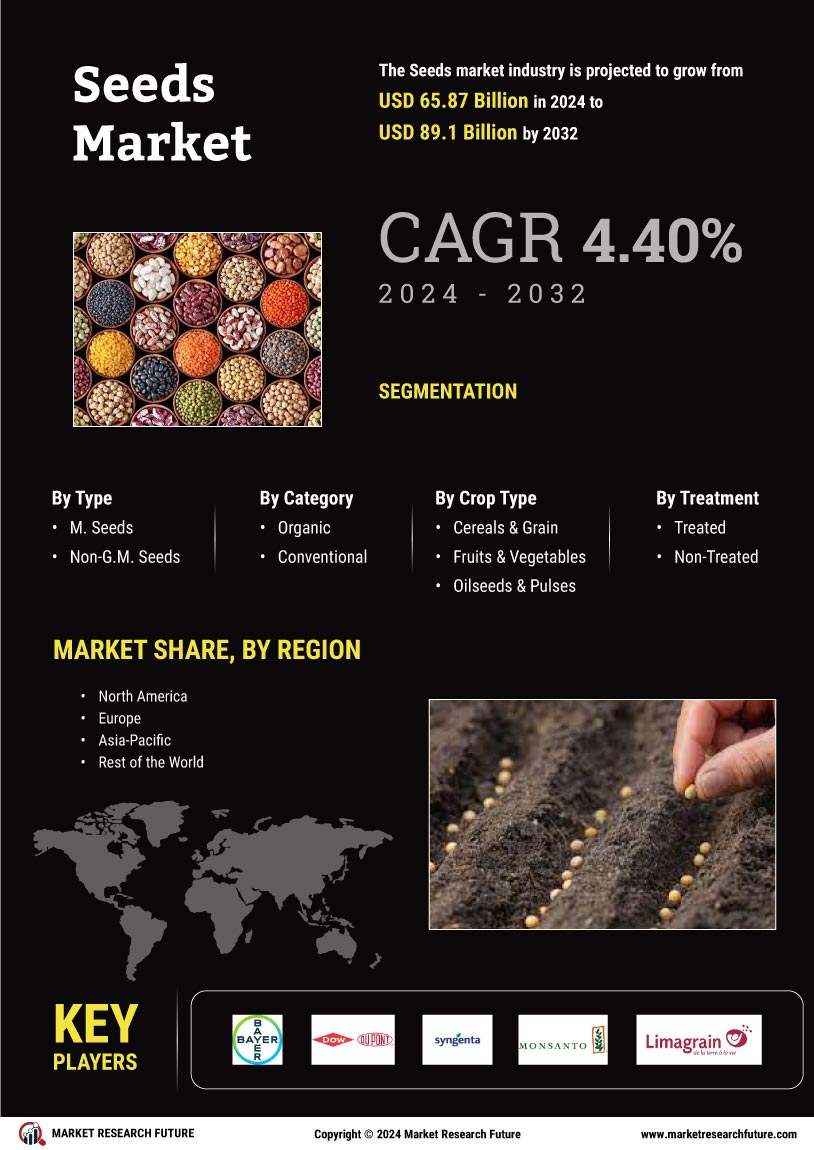

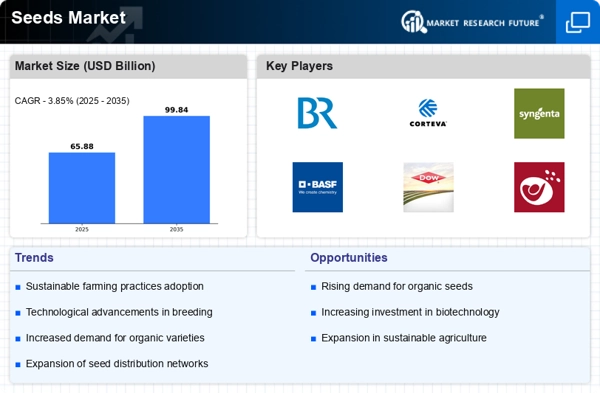
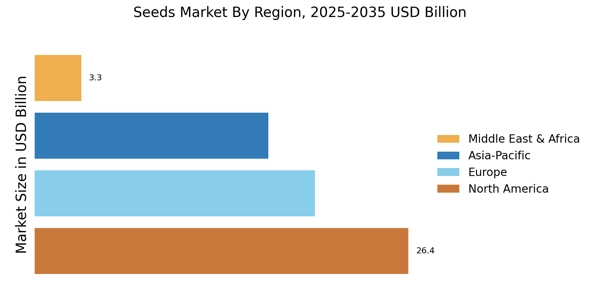



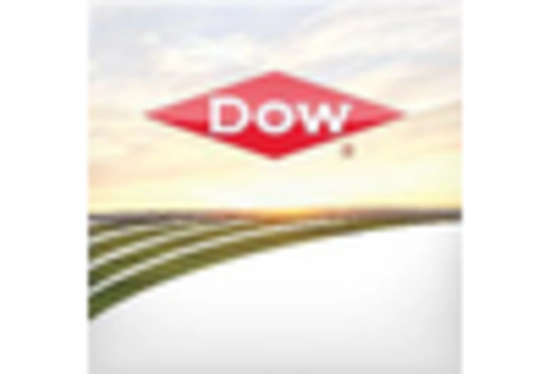
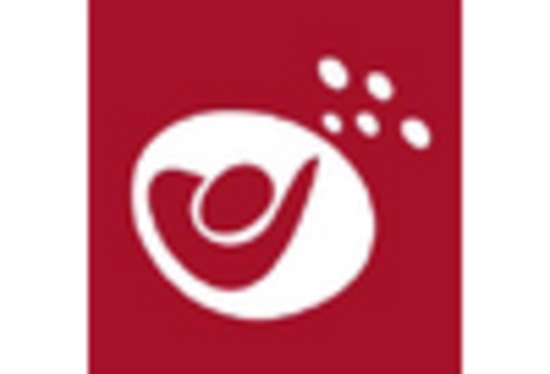
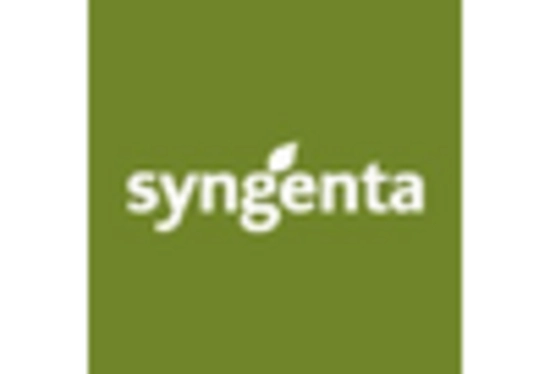








Leave a Comment